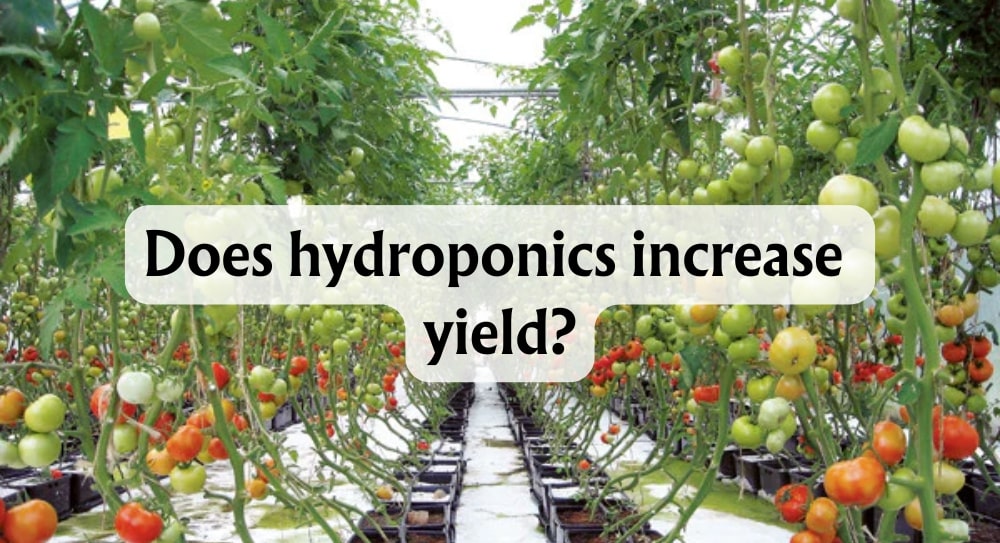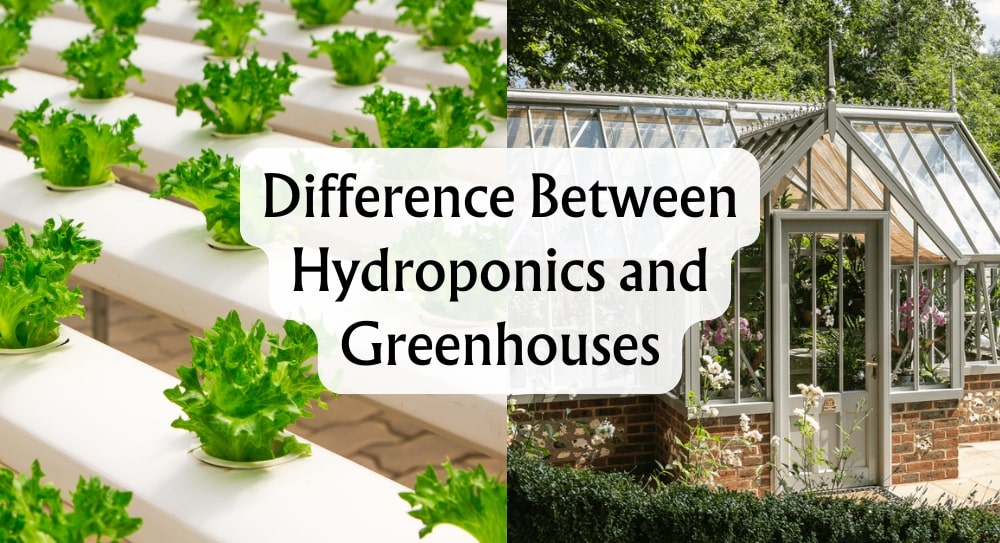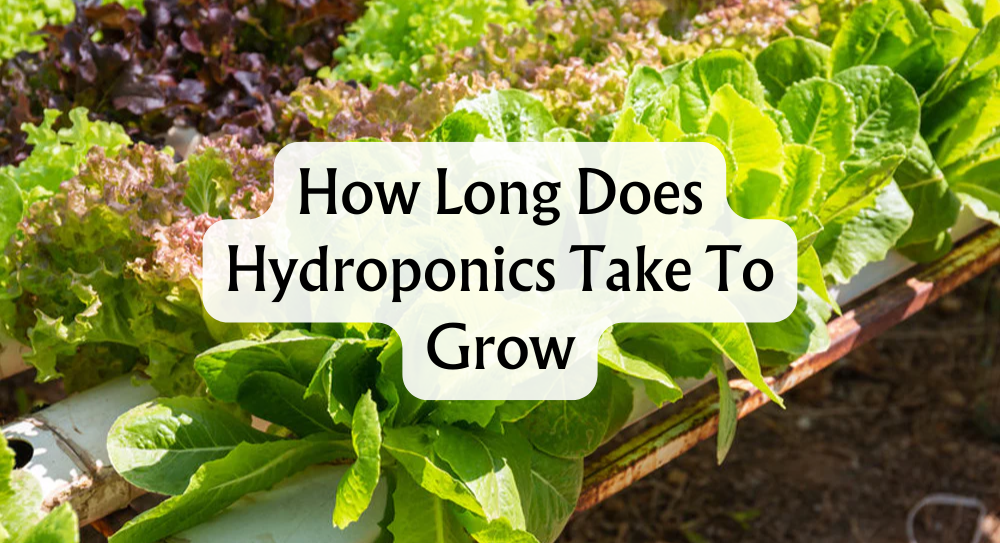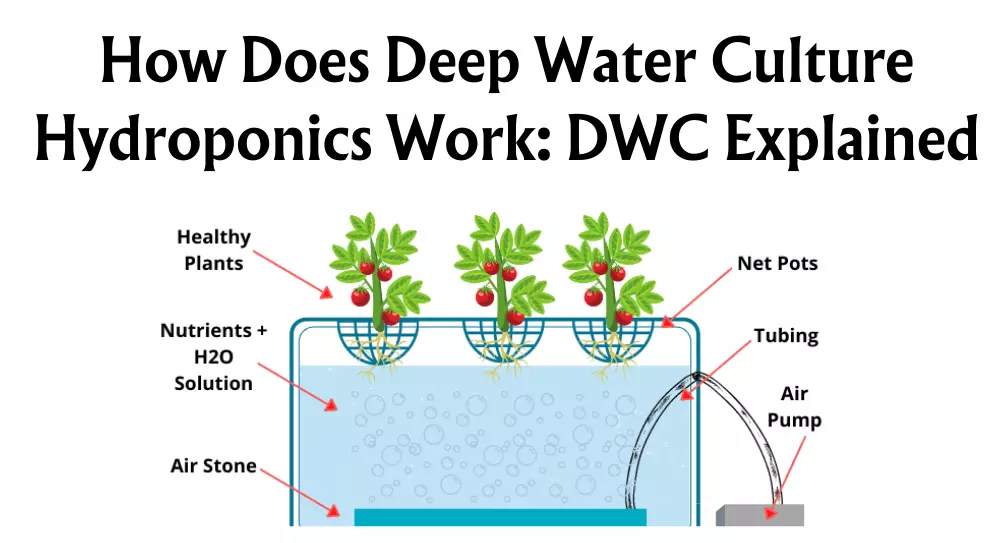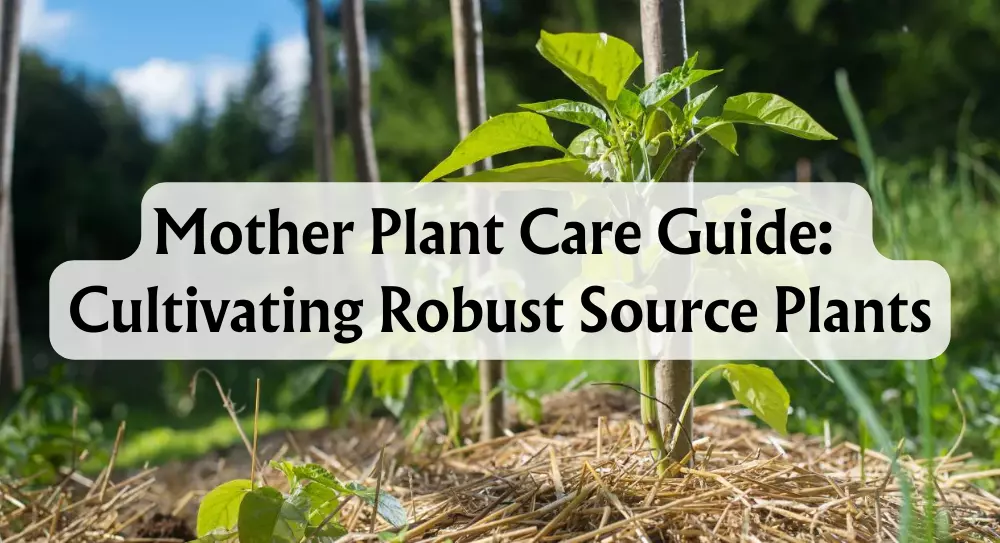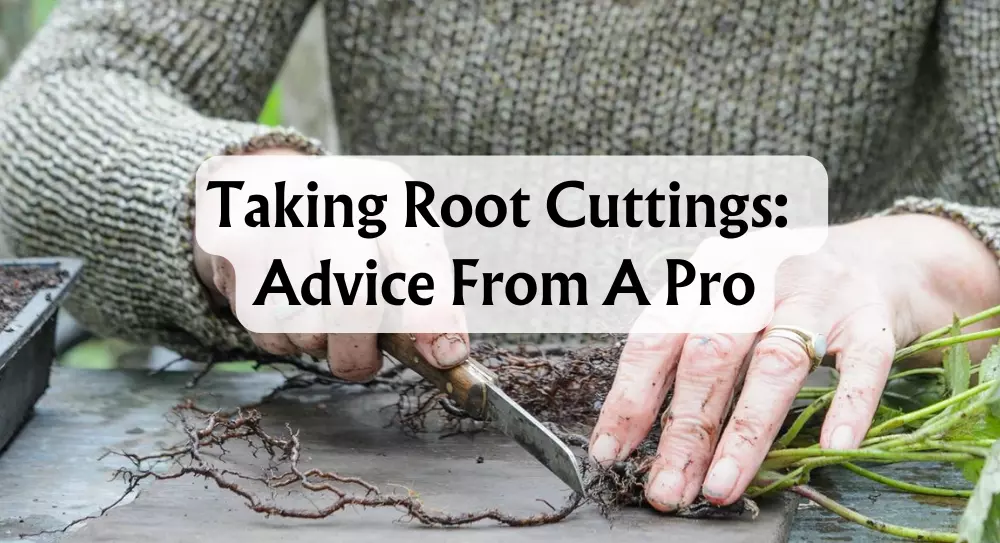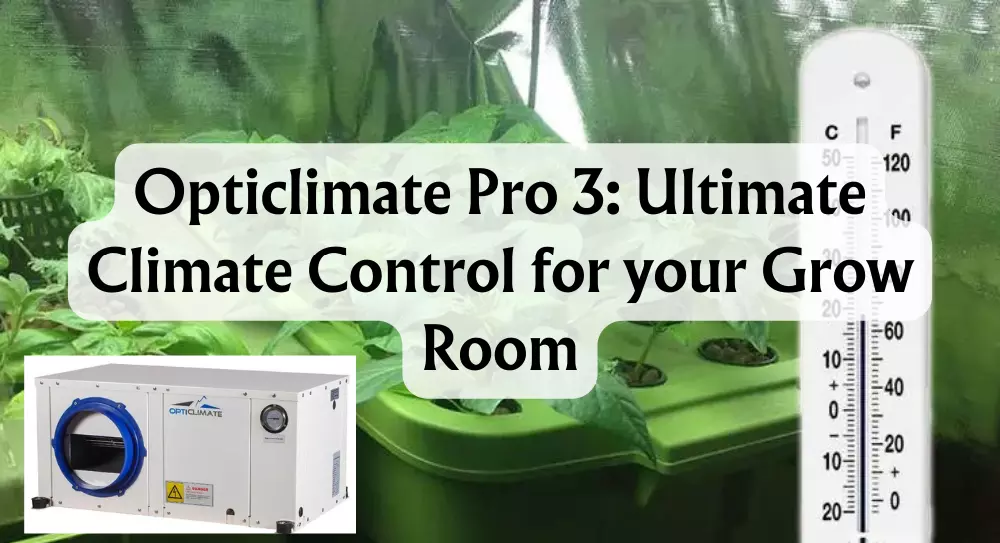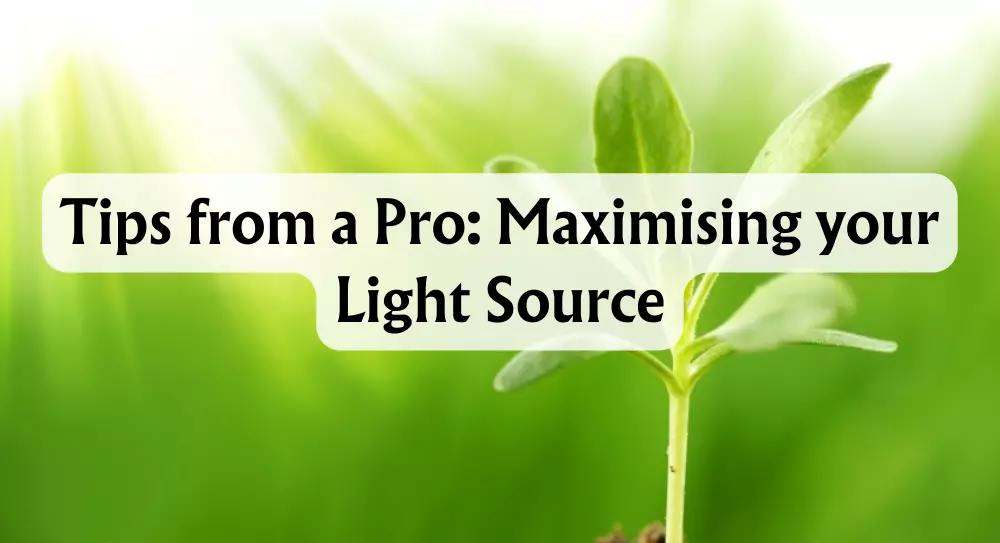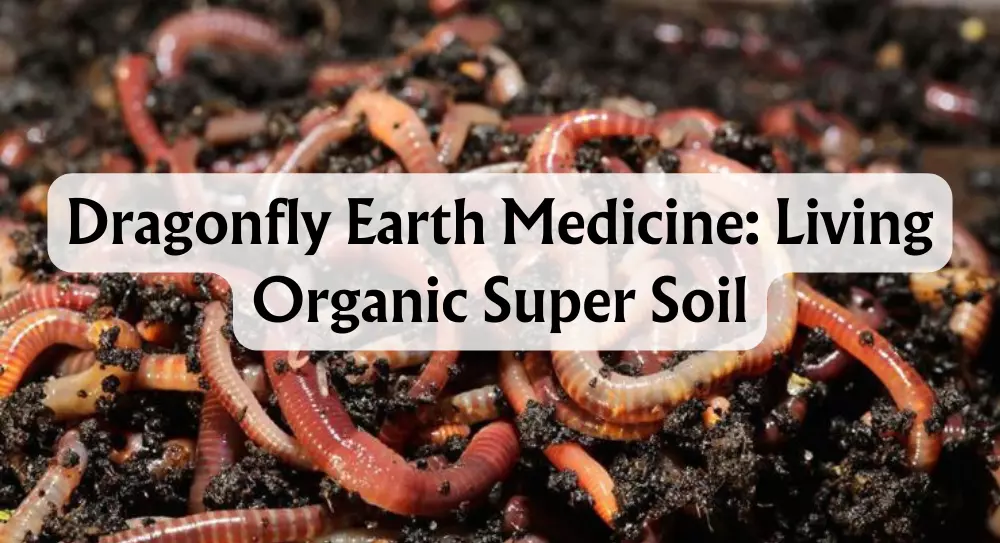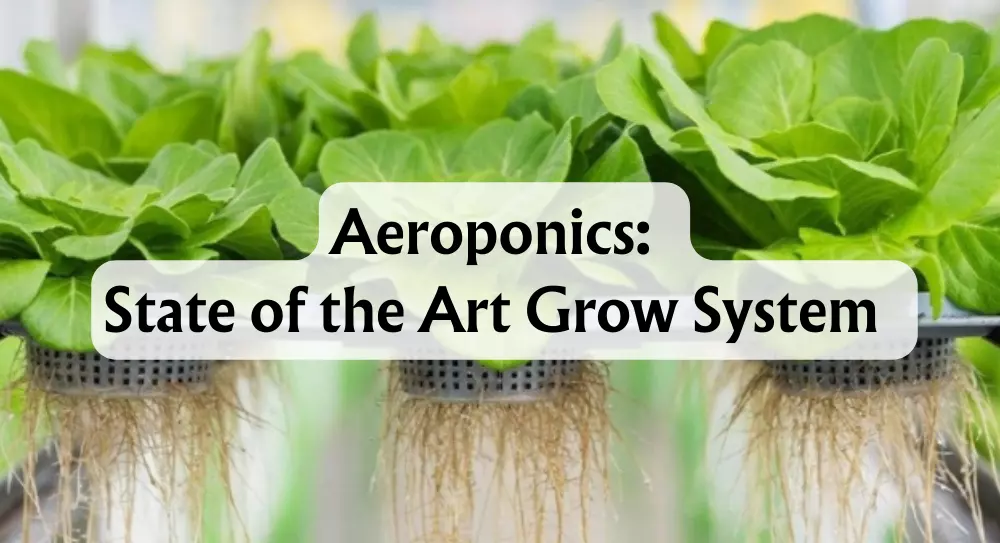Does Hydroponics Increase Yield?
Hydroponics, the method of growing plants without soil, has been gaining popularity among gardeners and commercial growers alike. The big question on everyone’s mind is, does hydroponics increase yield? In simple terms, yes, hydroponics can significantly boost your crop yield compared to traditional soil gardening. Whether you’re growing leafy greens, tomatoes, or strawberries, the ability to control nutrient delivery directly to the roots promises faster growth and higher productivity.
One crucial aspect of hydroponics is the optimisation of light, nutrients, and environment. Traditional soil can sometimes compact, making it challenging for roots to find the nutrients they need. In hydroponics, plants receive an aerated nutrient solution, ensuring they get exactly what they need for optimal growth. This results in more abundant and faster harvests, proving hydroponics to be a valuable tool for maximising yield.
We know that precise control over growing conditions is key to success in hydroponics. From incorporating high-intensity LED grow lights to choosing the right mix of nutrients, every factor plays a role in driving growth and improving yields. With the right setup, those green thumbs among us can achieve twice the yield of traditional soil-based gardening.
Key Takeaways
- Hydroponics can significantly boost crop yield.
- Optimisation of light, nutrients, and environment is crucial.
- Precise control over growing conditions leads to higher productivity.
What Are Yields?
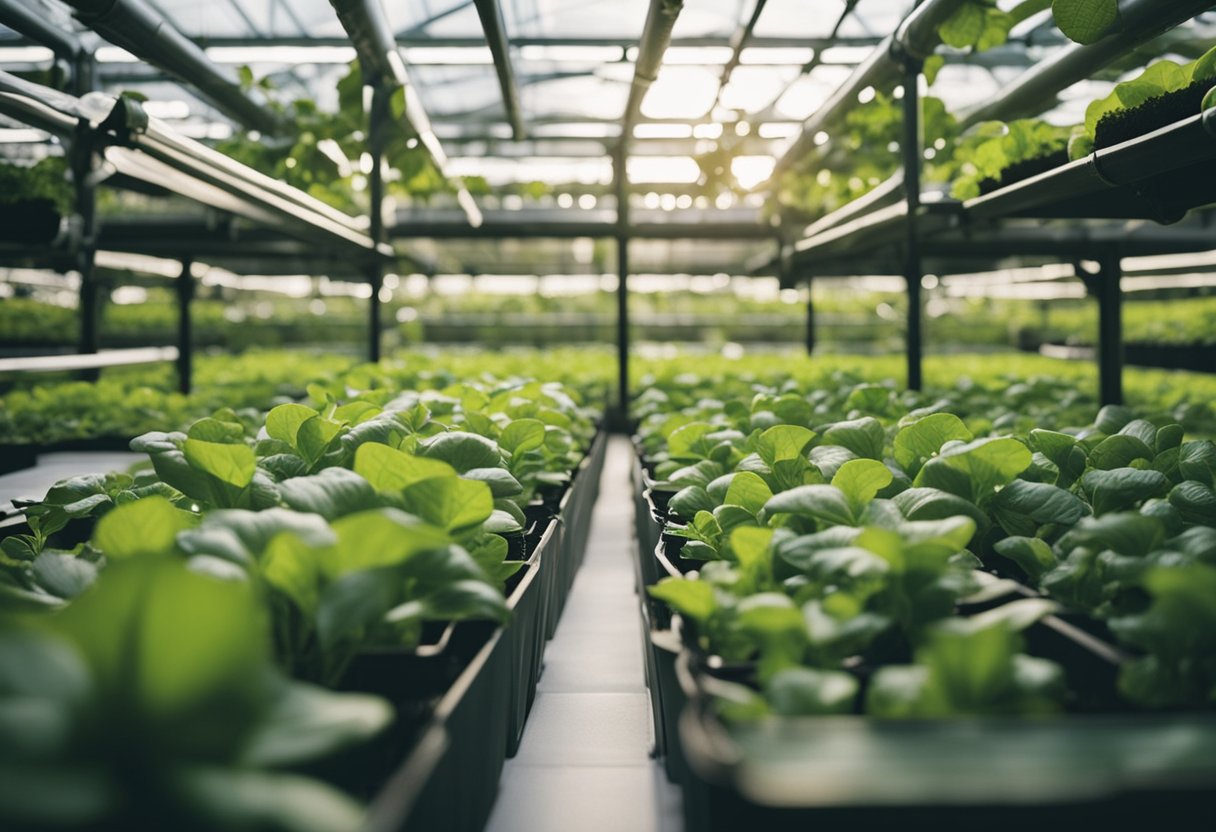
Yield in gardening and agriculture refers to the quantity and quality of crops produced. It's a measure of output, typically per unit area, such as kilograms per square metre.
Why is yield so important? For commercial farmers, high yield means more produce to sell, which can directly impact profitability. For home gardeners, a greater yield means more fresh produce for personal use or sharing.
Several factors influence yield:
- Light: Plants need the right amount and quality of light for optimal growth.
- Water: Consistent moisture is crucial; too much or too little can affect growth.
- Nutrients: Plants need a balanced diet just like us. Proper fertilisation ensures robust plant health.
- Plant Genetics: Some plants are naturally more productive.
- Environment: Temperature, humidity, and even wind can impact plant growth.
In hydroponics, the environment is more controlled. That's why many believe it boosts yield. In traditional soil farming, you're at the mercy of Mother Nature. With hydroponics, you can grow all year, regardless of the weather.
When we talk about what increases crop yields, it's clear that hydroponic systems offer several advantages. These include:
- Precise control over pH levels
- Consistent nutrient delivery
- No soil-borne diseases
It's fascinating to think about how much we can influence crop yields by choosing the right method and carefully controlling the growing conditions. Hydroponics might just be the future of farming!
How to Increase Hydroponic Yields
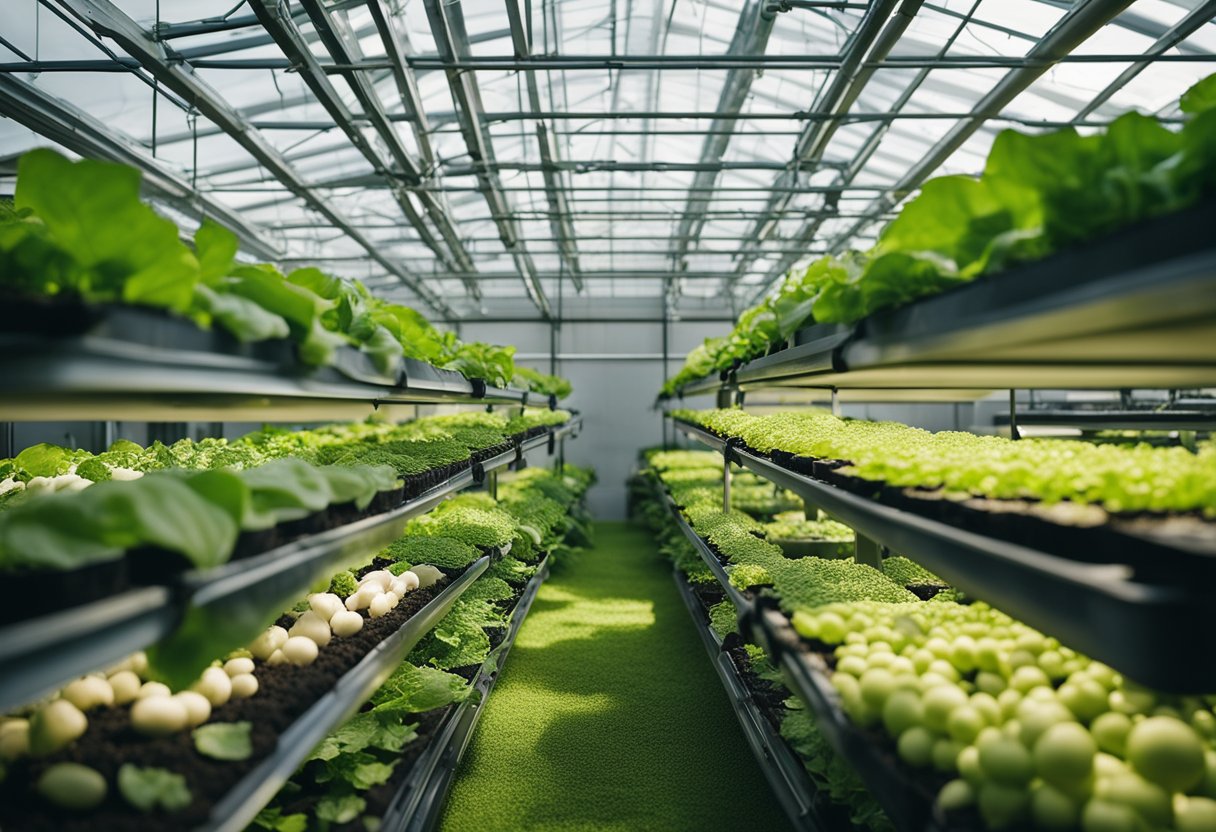
In hydroponic gardening, several key factors directly influence plant growth and yield. By focusing on these areas, growers can significantly enhance their production.
Maximise Lighting
Lighting plays a crucial role in hydroponic systems. Proper lighting ensures plants receive the energy needed for photosynthesis.
LED grow lights are highly recommended. They offer energy efficiency and can be positioned close to the plants without causing heat damage.
Different growth stages require different light cycles. For instance, seedlings benefit from 18 hours of light, while flowering plants may need just 12.
A case study showed that a grower increased yield by 20% using LED grow lights, thanks to their precision and effectiveness.
Prune Plants for Better Airflow and Light Penetration
Pruning is essential for maintaining plant health in hydroponics. It encourages better airflow and maximises light penetration to all parts of the plant.
Start by removing dead or yellowing leaves. This prevents disease and improves overall plant vitality.
Step-by-step guide:
- Identify crowded areas.
- Use clean, sharp scissors.
- Cut back to the base.
One grower saw impressive results by regularly pruning their hydroponic tomatoes, leading to a notable yield improvement.
Use the Right Hydroponic System
Choosing the right hydroponic system is crucial. Each type offers unique benefits for yield improvement.
- NFT (Nutrient Film Technique): Best for small, fast-growing plants.
- DWC (Deep Water Culture): Suitable for larger plants and offers a constant nutrient supply.
- Aeroponics: Maximises oxygen delivery to the roots.
A comparison revealed that DWC often results in a 30% yield increase compared to soil. One grower reported this figure after switching to DWC.
Manage Temperature and Humidity
Maintaining the right temperature and humidity is vital. Most hydroponic crops thrive between 18 and 27°C.
Too cold? Plants won't grow effectively. Too hot? Risk of wilting and leaf damage increases. Use climate control systems to adjust these parameters based on the plant's growth phase.
A grower who implemented precise climate control reduced plant stress and saw increased harvests.
Optimise Environment and Nutrient Solutions
Importance of pH Levels and Nutrient Solutions
Keeping an eye on pH levels is key. Most hydroponic plants prefer a pH range of 5.5 to 6.5. Regularly check and adjust this to enhance nutrient uptake.
Nutrients are divided into macro (e.g., nitrogen, phosphorus) and micro (e.g., magnesium, zinc) categories. Both are critical for yield improvement.
One grower saw a substantial yield boost after fine-tuning nutrient solution ratios and maintaining optimal pH levels.
CO2 Enrichment for Growth
Adding CO2 can significantly boost plant photosynthesis. More CO2 generally means faster growth and higher yield.
Indoor growers often use CO2 enrichment techniques. Several have reported increased crop production after implementing CO2 supplementation.
Use Coco Coir as a Growing Medium
Coco coir is gaining popularity as a growing medium in hydroponics. It offers exceptional water retention and enhances root oxygenation.
To use coco coir effectively:
- Rinse thoroughly.
- Mix with other media like perlite for better aeration.
- Set up your hydroponic system.
One grower reported improved plant health and boosted yield after switching to coco coir. Its natural properties make it an ideal choice for hydroponic systems.
Does Hydroponics Increase Yields Compared to Soil?
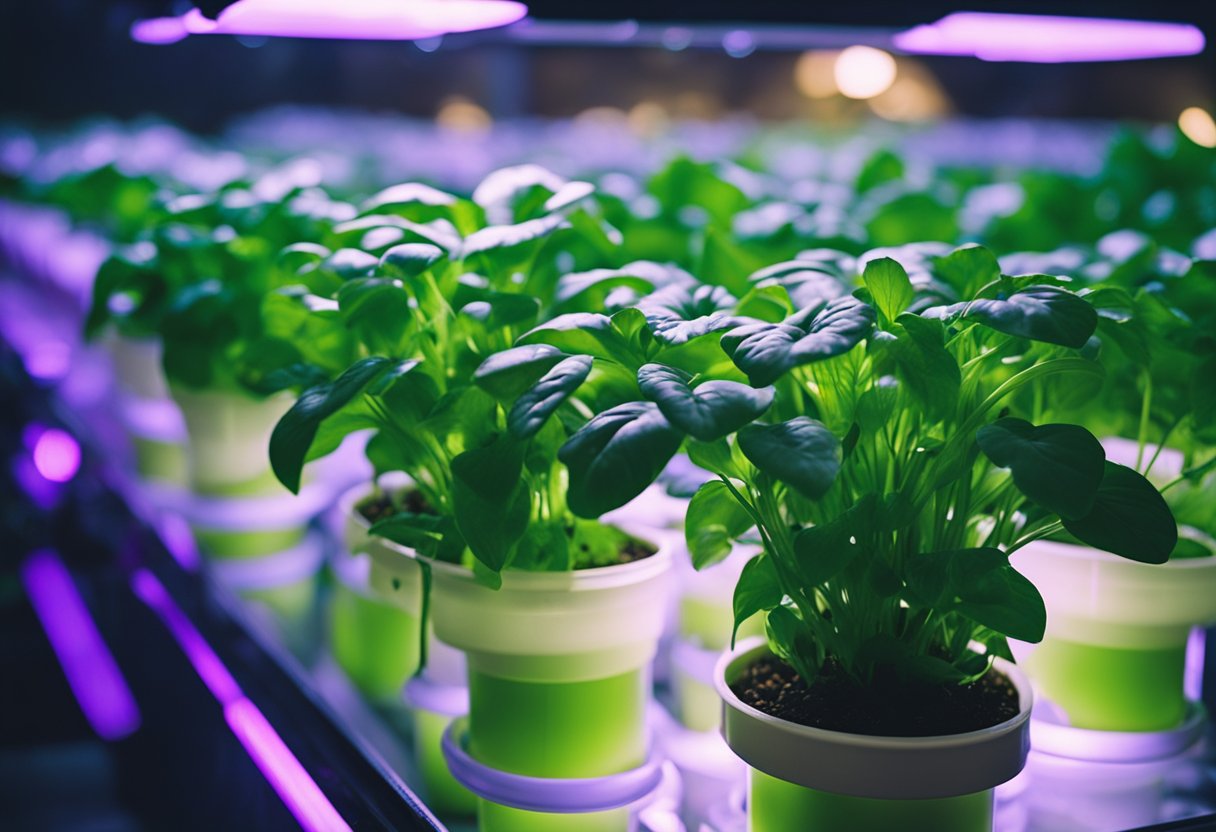
We've found through various sources and experience that hydroponics often results in higher yields compared to traditional soil farming. The main reason lies in the control and optimisation of growing conditions.
When we look at crops like spinach, hydroponic yields can reach 2.7 kg/m²/year, while soil-based farming can achieve around 16.35 kg/m²/year. This stark contrast shows just how productive hydroponics can be.
Yield Potential in Hydroponics vs Soil-Based Gardening
• Lettuce and chicory are among the most studied crops in hydroponics due to their responsiveness.
• Hydroponics uses nutrient-rich solutions, directly feeding the plants, resulting in faster growth.
• Soil-based gardening often faces challenges with pests and inconsistent weather, impacting yields.
Key Benefits of Hydroponics for Yield Improvement
Let's talk about some key benefits that make hydroponics a champion in yield:
-
Faster growth cycles: Hydroponic plants often grow faster because they receive consistent nutrients.
-
More control: We can control the nutrient mixture perfectly, eliminating the guesswork involved in soil-based farming.
-
Less risk of soil-borne diseases: With no soil to host pests and diseases, there's less risk of crops getting infected.
Conclusion
We've explored the benefits and potential of hydroponics for increasing crop yield. Hydroponics can outperform traditional soil-based methods, particularly with crops like lettuce and spinach. For instance, hydroponic systems have been shown to yield 2.7 kg m−2 year −1 for spinach, compared to 16.35 kg m−2 year −1 for soil.
Choosing the right plants is crucial. Crops like leafy greens, herbs, tomatoes, and strawberries show excellent results in hydroponic systems.
How can we increase hydroponic yield? The answer lies in optimising factors like lighting, nutrient solutions, and environmental controls.
Using the best hydroponic systems for high yields, such as Nutrient Film Technique (NFT) and Deep Water Culture (DWC), can make a significant difference.
Hydroponics vs soil yield data is compelling, with some systems offering 20 times more yield per acre for crops like lettuce.
Let's continue to experiment and research. Improving techniques and technologies will help us push the boundaries of what's possible.
There's always room for discovering more ways to maximise yield, using our shared curiosity and ambition. Join us in this green revolution!







 Store Locator
Store Locator
